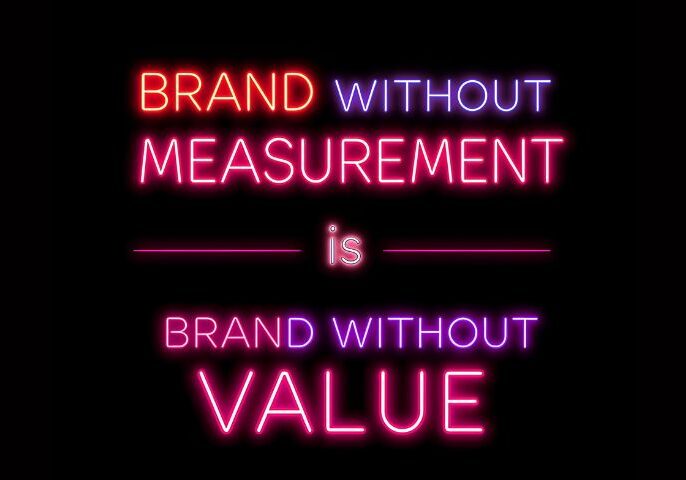Corporate social responsibility is often associated with big business, but in the third sector, accountability and transparency have always been part of the story. Charities, community interest companies and social enterprises exist to create social or environmental value, so their stakeholders naturally want to see the difference being made.
What has changed is the level of expectation. Funders, regulators, partners and the public are no longer satisfied with activity lists or good intentions. They want evidence of impact. This is where CSR impact reporting comes in. Done poorly, it risks becoming a box-ticking exercise. Done well, it builds trust, strengthens funding bids and makes organisations more resilient in a climate of rising demand and tighter resources.
Impact reporting is not about adding bureaucracy. It is about telling your story in a way that is credible, comparable and useful. It shows what is working, what needs to change and why the work matters.
What impact reporting is
Impact reporting connects activities to outcomes and outcomes to broader change. It starts with a Theory of Change and is supported by evidence: data, surveys, stories, and, where possible, comparisons. Many UK charities use Social Value UK principles, Social Return on Investment, or frameworks aligned to the UN Sustainable Development Goals. Done well, it is not about producing glossy reports. It is about creating insight that improves decisions and builds confidence.
Why this matters now
The scale of the sector makes scrutiny inevitable. There are over 170,000 registered charities in England and Wales, supported by nearly seven million volunteers. Stakeholders want to see not just what organisations do, but what difference they make.
Expectations are also rising. The Social Value Act requires commissioners to weigh social and environmental benefits when awarding contracts, and the Procurement Act 2023 puts transparency and outcomes at the heart of government buying. Funders such as the National Lottery Community Fund and Esmée Fairbairn Foundation expect grantees to share outcomes and learning, not just activity lists.
Corporate sustainability reporting rules are another factor. The UK is developing new Sustainability Reporting Standards aligned with the ISSB. Charities are not the direct target, but corporate and public partners will expect impact data that is comparable and credible.
At the same time, demand for services continues to grow. More than half of UK charities report a significant increase year on year. In this climate, impact reporting is as much about prioritising scarce resources as it is about accountability.
What Charity leaders should prepare for
- Public procurement and social value
- Government contracts now reward providers who can show measurable outcomes such as sustained employment or reduced reliance on emergency services.
- Climate-related disclosures
- Larger suppliers to the government must publish a Carbon Reduction Plan and commit to net zero by 2050. Even if a charity is not a direct bidder, these requirements often flow down through supply chains.
- Funder expectations
- Major funders are reframing reporting as a tool for learning. They are more interested in honest reflection and evidence-based adaptation than in glossy numbers.
Learning from history
CSR reporting in business began as narrative, and only became structured once investors demanded measurable ESG data. The third sector has always been values-led, but has tended to focus on stories of good work. Over the past 15 years, practice has matured through SROI, outcomes frameworks and commissioner requirements. The lesson is that while we can learn from corporate practice, charities need approaches that respect the complexity of social change and public good.
A critical view of SROI
SROI has value in surfacing outcomes and showing how resources create benefits. But it has limits. Proxies can be subjective, analysis can be costly, and a single monetary ratio risks oversimplifying change. Used selectively, with transparent assumptions and alongside qualitative insight, it can be powerful. Used uncritically, it can mislead.
What good looks like
- Blend rigour with proportion: Focus on a handful of outcomes that matter most.
- Evidence contribution: Use methods that test whether your work played a role, and explain external factors clearly.
- Measure for decisions: Collect data that helps funders, boards, and commissioners make informed decisions.
- Report failures: Being honest about what did not work often builds more trust than a polished success story.
- Safeguard ethics: Involve participants respectfully, minimise data burdens, and share findings back with them.
- Layer assurance: Light-touch internal checks are acceptable for most data, while flagship claims benefit from independent validation.
The procurement turn
The Procurement Act 2023 has changed incentives. Contracts are awarded on clarity, value for money and measurable outcomes. Third sector bidders should prepare a simple but credible evidence pack that includes outcomes data, safeguarding policies, a carbon plan summary and case studies.
Funders want learning, not perfection
The best funders no longer want polished numbers. They want to know what has changed, what has been learned and what will be done differently next time. Charities can respond by building “what we learned” sections into reports and by signalling how confident they are in their evidence.
A roadmap for leaders
Quarter 1: Approve a Theory of Change, select priority outcomes, and set a modest evaluation budget.
Quarter 2: Standardise definitions, design simple data capture and prepare an evidence pack.
Quarter 3: Pilot an external review, test confidence ratings and refine methods.
Quarter 4: Publish an impact and learning report that blends data with stories, linking outcomes to funder and commissioner priorities.
The direction of travel
Sustainability reporting is becoming standard for companies. Social value is embedded in public procurement. Trust in charities is improving, but it depends on honesty. The organisations that will thrive are those that treat impact reporting not as an administrative burden, but as a way to learn, build credibility and grow.
Impact reporting should not feel like red tape. It should feel like a tool that helps you grow and do more good. If you are ready to take the next step, get in touch and let’s shape an approach that works for your team and your stakeholders.






